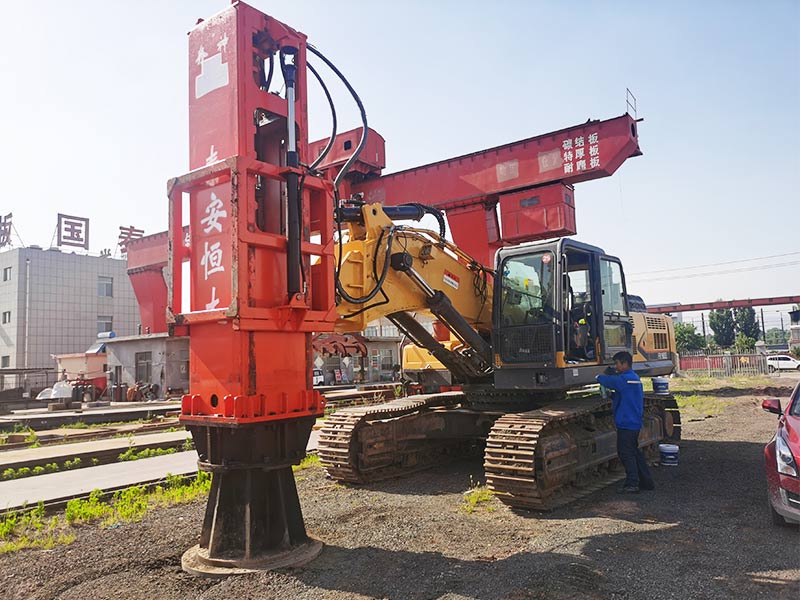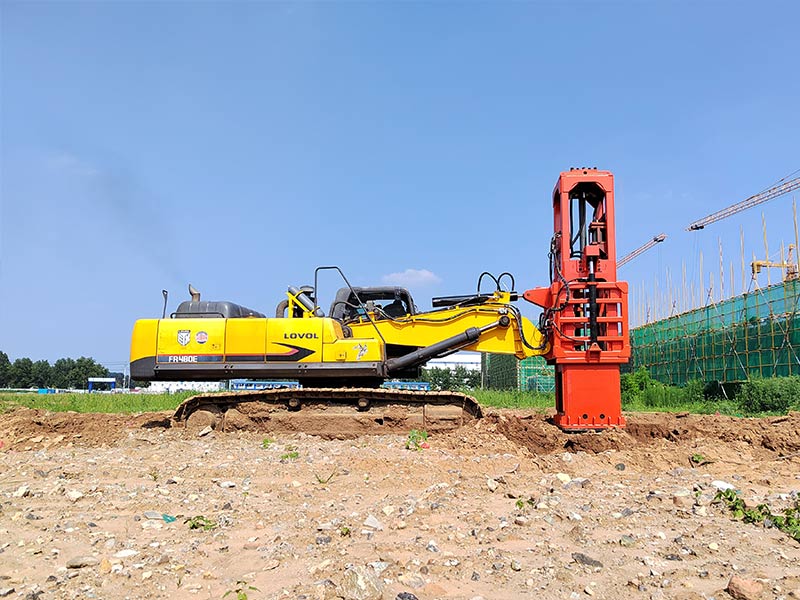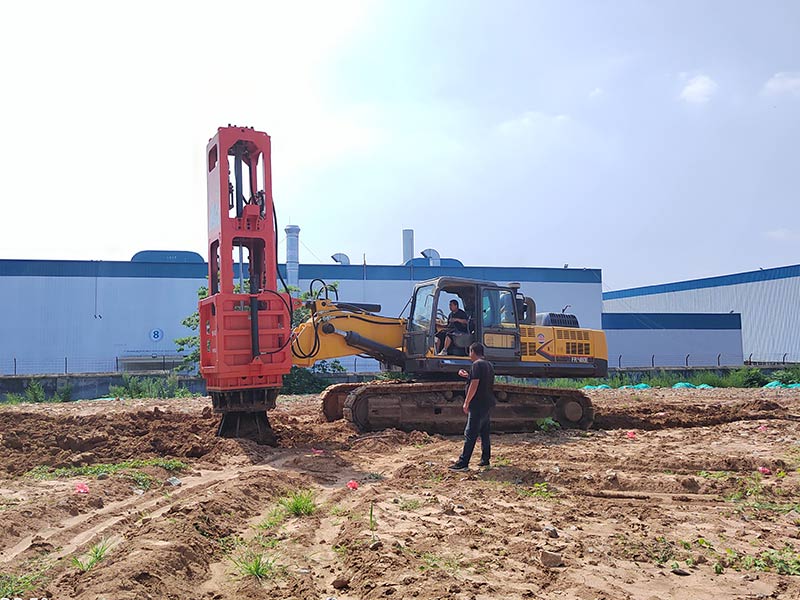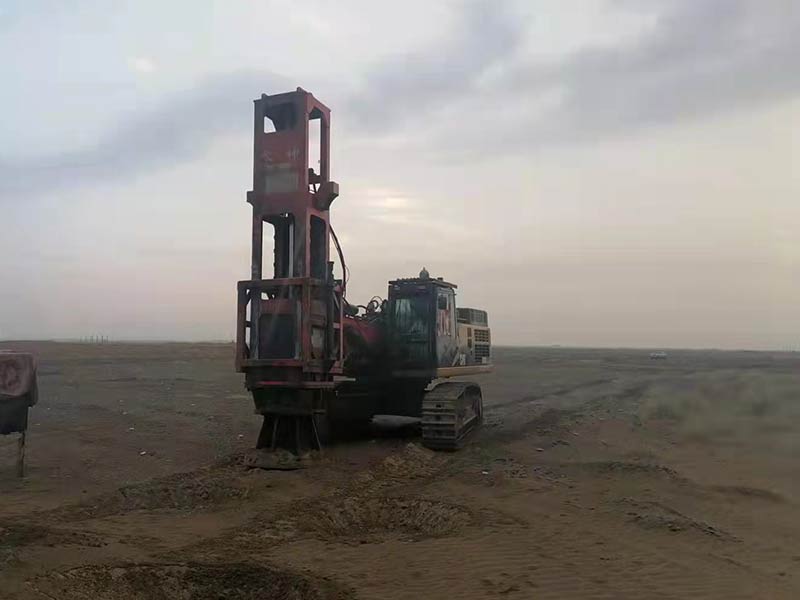MODELS
Update Time:2022-12-29 13:09:01 Views:362
description:The Rapid Impact Compactor can work alone on some types of strata (effective treatment in the top layers of typically up to 6 m depth) or in conjunction with other ground improvement techniques, e.g.,
Rapid Impact Compaction provides a technically sound and economic method of improving the capacity of a wide variety of loose soils and fills. The Rapid Impact Compactor can work alone on some types of strata (effective treatment in the top layers of typically up to 6 m depth) or in conjunction with other ground improvement techniques, e.g., Deep Dynamic Compaction, where the strata´s depth or grain sizes dictates. Due to the numerous benefits, e.g., compaction control through an on-board computer, operation at safety, quality assurance, versatility and speed, the Rapid Impact Compaction system will become well-established in the dynamic compaction field. Further research, including theoretical, numerical and practical studies, is nevertheless essential to enhance the innovative compaction system.

RIC has been successfully used to consolidate gravel, sands, silts, miscellaneous sand/silt/clay and industrial and mining waste fills. It can be applied
• to surface consolidation finally treating on upper strata after the traditional Deep Dynamic Compaction
• to support foundations by increasing the bearing capacity and reducing settlement,
• to support floor slab by stiffening soils and creating uniform bearing conditions,
• to mitigating liquefaction by increasing the shear wave modulus, and
• to stabilizing waste.

The RIC technology is the modern approach for compacting existing soils that would otherwise be excavated and compacted using a conventional roller compactor in layers of 15 to 30cm.

Energy is transferred to the underlying loose granular soils rearranging the particles into a denser formation. RIC can effectively densify up to 4-5m of soils without excavation, adding water or dewatering. It can also be used for fill compaction, which can place in bulk fill materials and compact it accordingly without adding any water.
For large infrastructure developments, RIC takes the lead due to its speed of execution that makes it much more cost effective than other alternatives.

RIC is a technique allied to Dynamic Compaction that can be used to increase the bearing capacity of soils through controlled Impact. The treatment is effective in the top layers of soil, typically up to 6m depth, though improvements up to a depth of 9m have been seen in some conditions.